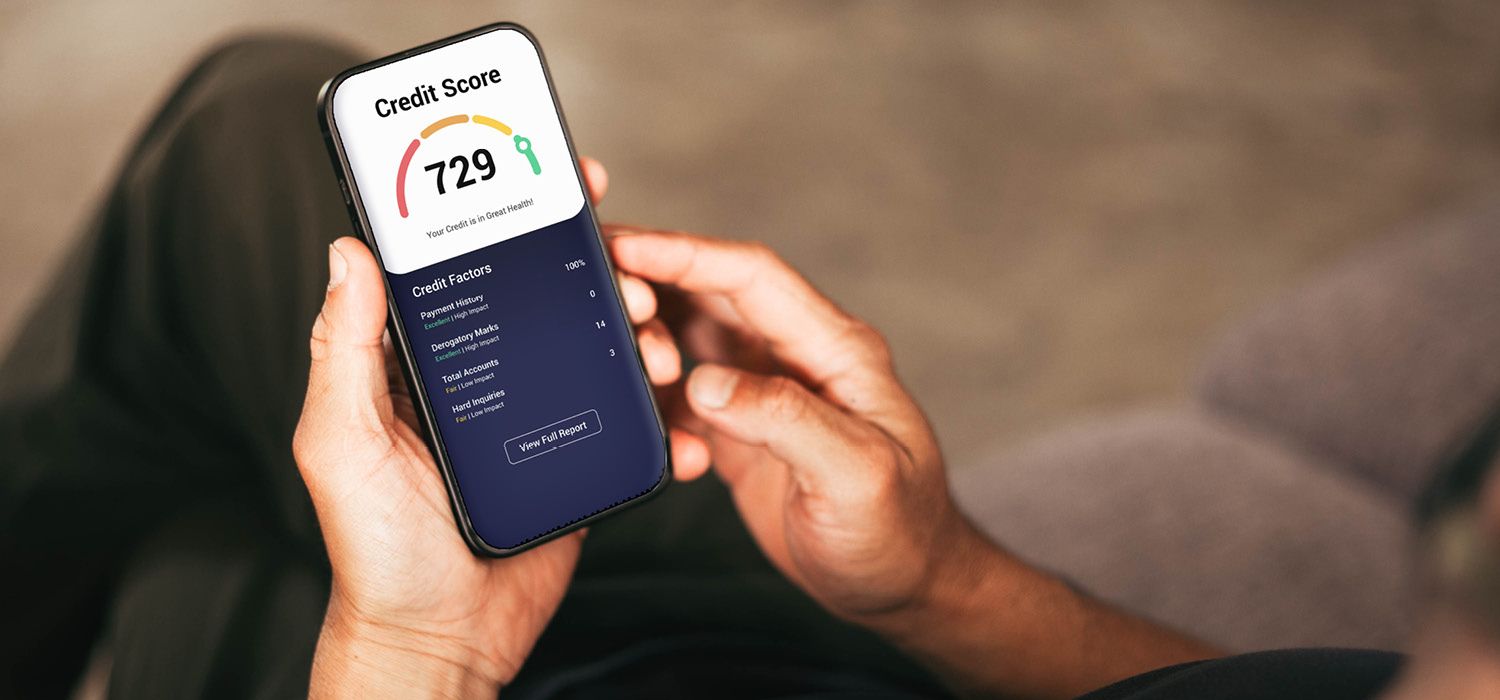10 Steps To Homeownership

Buying a home should be an exciting milestone! But if you’re a first-time homebuyer, or even if you’ve bought a home in the past, it’s easy to feel overwhelmed by the entire process. That’s why we sat down with loan officer Chace Cooper, to give you a break down on exactly what happens throughout each step of the homebuying process.
Obtaining a mortgage is a sophisticated process, so it's never too early to start preparing.
Step 1- Credit Check: Credit is one of the most important mortgage qualifications, so you should check it early on to ensure that all the information on your report is accurate and your score is high enough to qualify. Checking your credit early on will give you enough time to get your score back on track if needed. The last thing you want to do is find a house that you love and then realize your credit isn’t high enough to qualify for a loan.
Even if you don’t plan on buying in the near future, it’s never too early to meet with a local loan officer and determine how to best prepare for the homeownership process.
Step 2- Pre-Approval: You’ve probably heard about the importance of pre-approval. Getting a pre-approval not only helps you to figure out what you can afford, but it also jumpstarts the mortgage process by requiring you to gather necessary documents upfront. Pre-approval can help to save a lot of time in the long run and helps to make for a smoother process.
Step 3- Application/Processing: In many cases your loan officer can begin processing your loan application before you even have a contract accepted on a home. Documents needed during the application process include:
- Current employment information (length with current employer, position/title)
- Income (W-2s, pensions, SS, public assistance, child support, alimony)
- Assets (Bank accounts, real property, investments, gifted funds)
- Debts (mortgage, liens, alimony, child support, car loans, credit cards, real property)
- Credit history
By law, the loan process requires a lot of documentation, but keep in mind that your loan officer is not going to ask for any documents that we don’t absolutely need,” Chace said.
Now that your information has been verified and you know exactly what you can afford, it’s time to meet with a Real Estate Agent and find a home you love!
Step 4- Loan Document Signature: Once your offer has been accepted by the seller, your loan officer will prepare address specific loan documents. You will receive and sign a Loan Estimate, which gives you your estimated interest rate, monthly payment, and closing costs for the loan that you and your loan officer picked out.
Step 5- Appraisal Order and Homeowner’s Insurance: After the home has been inspected, your lender will order an appraisal on your home, which will determine the property value. At this time, you will also need to obtain a quote for their homeowners’ insurance (and flood insurance if needed) and send it to their loan officer for review.
Step 6- Underwriting: Once all the requested pre-underwriting items have been submitted and the appraisal is ordered, the loan is submitted to underwriting for review. The underwriter will evaluate all of the documentation and ensure that you are qualified to repay the loan and all government requirements are satisfied.
When you use us as your lender, your underwriting is done in-house and typically takes around 48 hours.
Step 7- Underwriting Conditions: More likely than not, additional items are needed for final approval. Asking for documents shouldn’t be a cause for concern and doesn’t mean you’re not on track for approval. Because every borrower has a different financial situation, there is no way to determine exactly what documents are needed for final approval, meaning each borrower must submit supporting documents specific to their situation.
Step 8- Clear to Close: Once you’ve been officially approved, the closing department will work on preparing the final paperwork with your attorney or title company.
Step 9- Closing Disclosure: A closing disclosure is emailed for your signature at least 3 business days before you close on your home. This document will provide the final details on your loan and outline exactly how much money you will need to bring to the final table. If you are bringing money to closing, you will then contact your attorney’s office or title company for instructions on how to send the money.
Step 10- Closing Day: This is the day you will receive the keys to your new home! You will be provided with further instructions, but generally you will need to bring two forms of government ID!
So, how long can you expect the process to take?
It can take as little as 15 days if the borrower has provided all the information upfront, as providing all the needed documents upfront can really expedite the process.
On average, however, the process takes about 30 days and in some circumstances, it can take up to 45 days. It just depends on the borrower. No two borrowers are the same.
Content provided by TowneBank Mortgage for informational purposes only. The information contained herein (including but not limited to any description of lending programs and products, eligibility criteria, interest rates, fees and all other loan terms) is subject to change without notice. This is not a commitment to lend. TowneBank Mortgage NMLS# # 512138. Equal Housing Lender
Categories
Recent Posts










